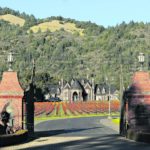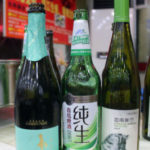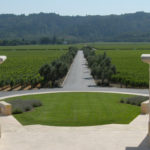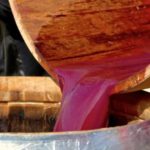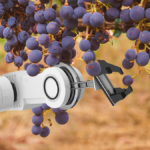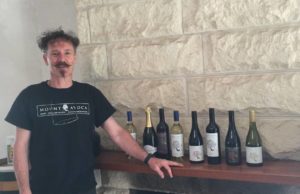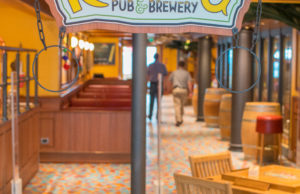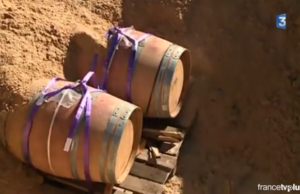Three Ways to Beat Champagne’s Climate-Change Problem
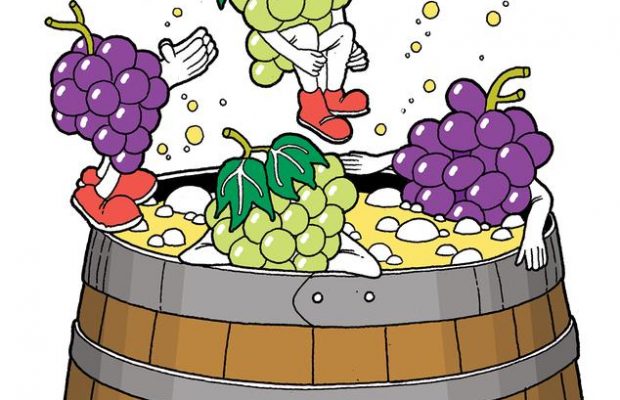
Last year saw a banner growing season in Champagne, and winemakers expect a vintage to rival 1947, a 20th-century classic. Rising temperatures have reduced frost damage and produced rich fruit. Twenty years ago, harvests reliably began in September; these days, mid-August starts are not unheard of. But the climate may soon warm past the tipping point, resulting in overripe grapes and flabby, fruit-bomb wines that lack the acidic backbone and mineral edge of the iconic vintages. “Our climate is at the edge of what’s possible for winemaking,” says Jean-Pierre Parisot, the president of the Corporation of Champagne Winemakers. And things are likely to get worse. Global temperatures have risen just 1.7 degrees Fahrenheit on average since 1880, but models from the NASA and the EPA predict an increase of 2.5 to 10 degrees by 2100. Here′s a three-point plan to keep your cellar stocked.
THE LONG-TERM FIX: Reboot the Recipe
Only seven sanctioned grapes can be blended into vrai Champagne, including the big three: Chardonnay, Meunier and Pinot Noir. But in April 2016 the trade organization Comité Interprofessionnel du vin de Champagne announced plans to team up with the French National Institute for Agricultural Research to develop future-proofed grapes that ripen more slowly and maintain acidity in warmer temperatures. “Climate change is not linear,” says Thibaut le Mailloux, CIVC’s communications director. “You have to look at very long-term strategies.” Over the next two decades, the team will plant 4,000 hybrid seeds in an R&D-focused Champagne vineyard to find 20 or so viable candidates, from which the CIVC will select just four or five custom-bred grapes to—hopefully—ensure the region’s pedigree for centuries to come.
THE SMART MOVE: Cross the Channel
Rising temperatures have been a boon to winemakers in the British coastal counties of Sussex and Hampshire, where summers today resemble those of northeastern France three decades ago and where the chalky soil is geologically identical to that of Epernay, home of Moët & Chandon. But English sparkling wine—zippy, nuanced and fruit driven—is catching up to its French cousin. In September 2010 a bottle from Ridgeview vineyard in East Sussex beat five Champagnes to win the International Trophy for Sparkling Wine from “Decanter” magazine. The former chef de caves of Duval Leroy in Champagne is turning heads as the lead winemaker of Hambledon Vineyard in Hampshire. Even the old-guard French house Champagne Tattinger is turning Brit, announcing plans last year to produce sparkling wine in a former apple orchard in Kent.
THE LAST RESORT: Knock Off the Classics
The tech startup Ava Winery uses a proprietary process to identify a wine’s molecular recipe and create a synthetic version that mimics the nose, taste and mouth feel of the original. Ava co-founder Alec Lee was inspired by an $11,000 bottle of 1973 Chateau Montelena, the Napa Chardonnay famous for trouncing French wines at the historic Judgment of Paris contest. “It’s just a collection of molecules,” Lee recalls thinking. “What if I could identify all the compounds and mix them together?” Early results are mixed, but next year, Ava plans to release 500 bottles of a wine inspired by Dom Perignon’s 1992 vintage. The genuine article fetches $300 per bottle; the replica will sell for $50. Dom Perignon’s parent company wouldn’t comment, but it has contacted Ava. “They’re very unhappy,” Lee says, “but we don’t say we’re trying to clone it. We’re using it as inspiration.”
The flute: It seemed like the future at the time
The glass shape that sometimes takes the word “Champagne” as a prefix? Not as good for Champagne as it sounds. “I don’t use flutes if I can avoid them,” says Arvid Rosengren, wine director at Charlie Bird in New York City and the Association de la Sommellerie Internationale’s Best Sommelier of the World in 2016. About 80% of what we think of as taste is actually smell. And narrow flutes, Rosengren says, let Champagne’s heady aromas escape, instead of capturing them like the elegant, hand-blown Zalto White Wine glasses he suggests. One caveat: “This applies only to good champagne!” If the bubbles you bought are better suited to chugging than quaffing, use whatever will get the job done. —Stan Parish
Click here to view original web page at www.wsj.com

